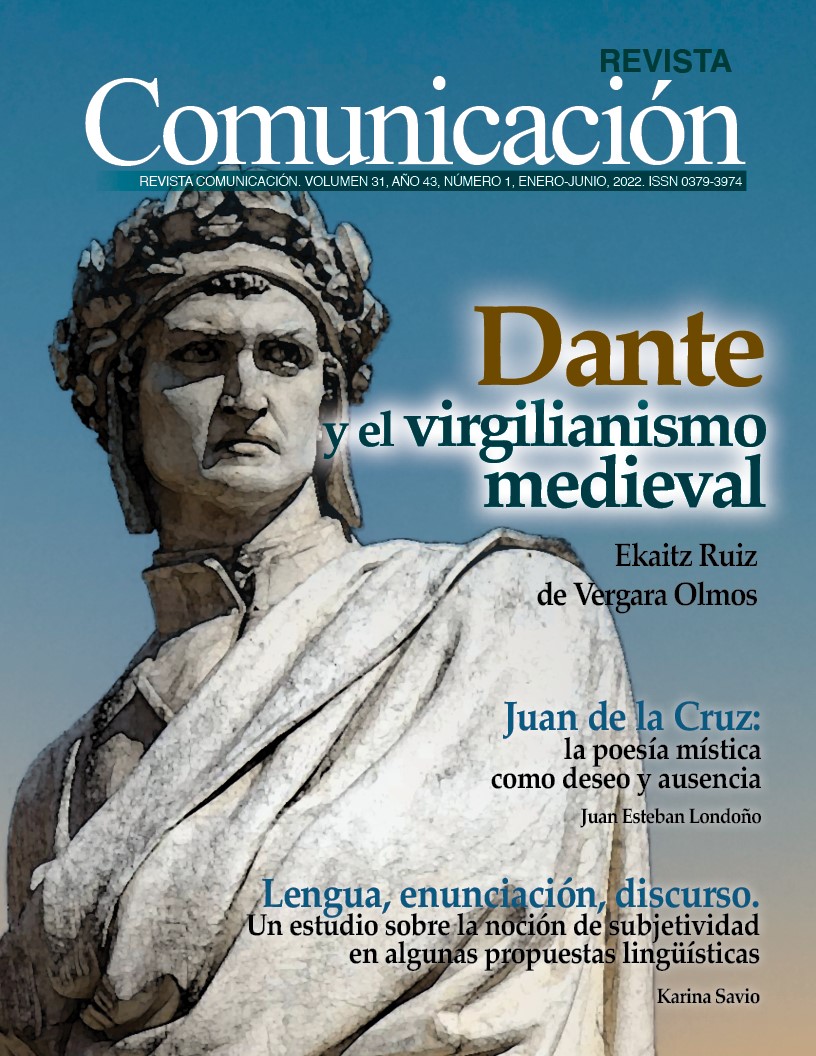The Myth of Heracles at the Crossroads and its Survival in New Spain: From Xenophon to Cigorondo
Main Article Content
Abstract
This article aims to demonstrate that, due to its great pedagogical value, the myth of the crossroads between Virtue and Vice was well accepted for centuries, and became a topic in the classical tradition. Although there are several studies on this matter, the originality of this research consists of focusing on the textual transmission of this story and suggests that Tragedia Ocio, staged in Puebla de los Ángeles 435 years ago, comprises several allusions to such myth. Aiming to achieve the objective, the narration of Prodicus of Ceos preserved by Xenophon is reproduced; then, the main authors who contributed transmitting the myth are mentioned, among them are Cicero, Silius Italicus, Basil, Petrarch, and some Spanish Jesuits, to finally focus on the analysis of the Tragedia Ocio, written by the Novo-Hispanic Jesuit Juan Cigorondo. The main sources are the literati named throughout these pages. It is concluded that the story of Heracles' crossroads between Virtue and Vice was used by authors interested in the education of adolescents and the promotion of virtuous living. This explains why there are several allusions throughout Cigorondo's work since he uses the myth to instill in his students and in society the values that were already being lost. This research was carried out with the support of Project PAPIIT IN402819 “Los procesos de lectura y de escritura en la Grecia antigua: aportes para la educación en México”.
Article Details
This work is licensed under a Deed - Atribución/Reconocimiento-NoComercial-SinDerivados 4.0 Internacional - Creative Commons.
Política de acceso abierto
Esta revista provee acceso libre inmediato a su contenido bajo el principio de que hacer disponible gratuitamente investigación al público apoya a un mayor intercambio de conocimiento global.
Ser una revista de acceso abierto, implica que todo el contenido es de libre acceso y sin costo alguno para el usuario o usuaria, o institución. Las personas usuarias pueden leer, descargar, copiar, distribuir, imprimir y buscar los artículos en esta revista sin pedir permiso previo del editor o el autor con fines educativos y no de lucro.
La única limitación de la reproducción y la distribución, y el único papel de los derechos de autor en este ámbito, debe ser dar a los autores el control sobre la integridad de su trabajo y el derecho a ser debidamente reconocidos y citados. (Budapest Open Access Iniciative)
LICENCIAMIENTO Y PROTECCIÓN INTELECTUAL
Todos los artículos publicados, están protegidos con una licencia Creative Commons 4.0 (Deed - Atribución/Reconocimiento-NoComercial-SinDerivados 4.0 Internacional - Creative Commons) de Costa Rica. Consulte esta licencia en: https://creativecommons.org/licenses/by-nc-nd/4.0/deed.es
Las licencias constituyen un complemento al derecho de autor tradicional, en los siguientes términos:
- Se impide la obra derivada (es decir, no se puede alterar, transformar ni ampliar el documento).
b. Siempre debe reconocerse la autoría del documento referido.
c. Ningún documento publicado en la Revista Comunicación, puede tener fines comerciales de ninguna naturaleza.
Mediante estas licencias, la revista garantiza al autor que su obra está protegida legalmente, tanto bajo la legislación nacional como internacional. Por tal motivo, cuando sea demostrada la alteración, la modificación o el plagio parcial o total de una de las publicaciones de esta revista, la infracción será sometida a arbitraje internacional en tanto que se están violentando las normas de publicación de quienes participan en la Revista y la Revista misma. La institución afiliada a Creative Commons para la verificación en caso de daños y para la protección de dichos productos es el Instituto Tecnológico de Costa Rica, mediante la Editorial Tecnológica y la Vicerrectoría de Investigación.
References
Olivares, C. (2022). El mito de Heracles en la encrucijada y su pervivencia en Nueva España: de Jenofonte a Cigorondo. Revista Comunicación, 31 (1), 29-46.

